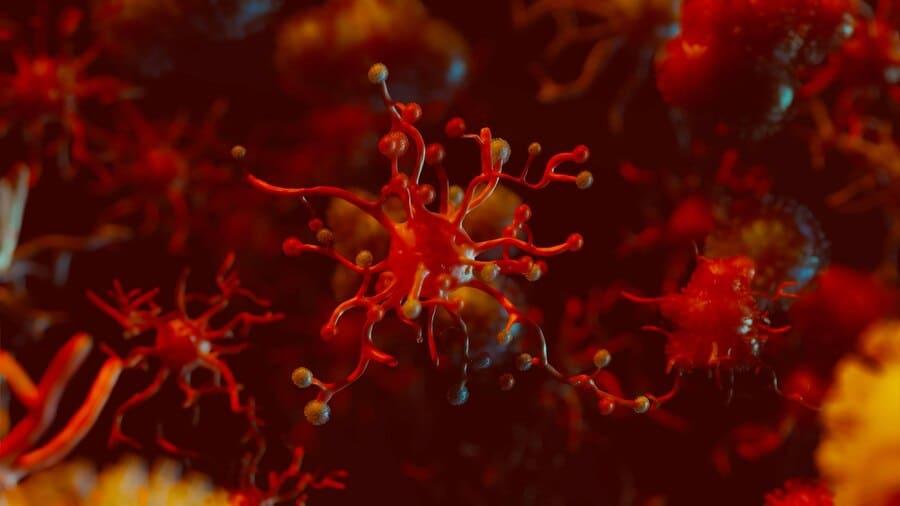KEY TAKEAWAYS
- The study aimed to analyze HBP enzyme expression in AML blasts and stem cells using single-cell and bulk RNA sequencing.
- HBP targeting, alone or combined, shows promise in impacting AML blasts and stem cells, controlling relapse.
Acute myeloid leukemia (AML), the most prevalent adult acute leukemia, has a grim prognosis and frequent relapses. AML arises from diverse factors, including genetic anomalies, differentiation impairments, and metabolic shifts. While oxidative phosphorylation and glycolysis are well-understood in AML, the significance of the hexosamine biosynthetic pathway (HBP), which governs the O-GlcNAcylation of proteins, remains elusive.
Robert Schauner and the team spearheaded a study using RNA sequencing at both single-cell and bulk levels to evaluate the HBP enzyme expression in AML blasts and stem cells.
The study employed flow cytometry to investigate the expression of O-GlcNAc Transferase (OGT) protein and the overall O-GlcNAcylation levels. Western blotting and real-time PCR analysis explored the functional impacts of inhibiting O-GlcNAcylation on transcriptional activation in AML cells. Additionally, the effects on the cell cycle were examined using flow cytometry.
The higher expression levels of key enzymes in the HBP were observed in AML compared to healthy donors in whole blood. Elevated OGT and O-GlcNAcase (OGA) expression was noted in both AML stem and bulk cells compared to normal hematopoietic stem and progenitor cells (HSPCs).
The study also reported significantly increased OGT protein expression and global O-GlcNAcylation in AML bulk cells and stem cells compared to normal HSPCs, confirming earlier computational predictions.
Gene set analysis revealed substantial enrichment of the NF-κB pathway in AML cells with high OGT levels. Inhibition of O-GlcNAcylation decreased NF-κB nuclear translocation and reduced expression of specific NF-κB-dependent genes that regulate the cell cycle.
This inhibition also halted cell cycle progression, indicating a correlation between heightened O-GlcNAcylation, NF-κB activation, and AML cell survival and proliferation.
The study’s findings indicated that the HBP could serve as a promising therapeutic target, independently or in conjunction with other treatment strategies, to affect both AML blasts and stem cells.
Furthermore, given the belief that inadequate targeting of AML stem cells with conventional chemotherapy contributes to relapse, inhibiting the HBP and O-GlcNAcylation in AML stem cells emerges as a novel and promising avenue for managing relapse.
The National Institutes of Health (NIH) funded this research through various grants.
Source: https://pubmed.ncbi.nlm.nih.gov/38601153/
Schauner R, Cress J, Hong C, et al. (2024) “Single-cell and bulk RNA expression analyses identify enhanced hexosamine biosynthetic pathway and O-GlcNAcylation in acute myeloid leukemia blasts and stem cells.” Front Immunol. 2024 Mar 27;15:1327405. doi: 10.3389/fimmu.2024.1327405. PMID: 38601153; PMCID: PMC11004450.



